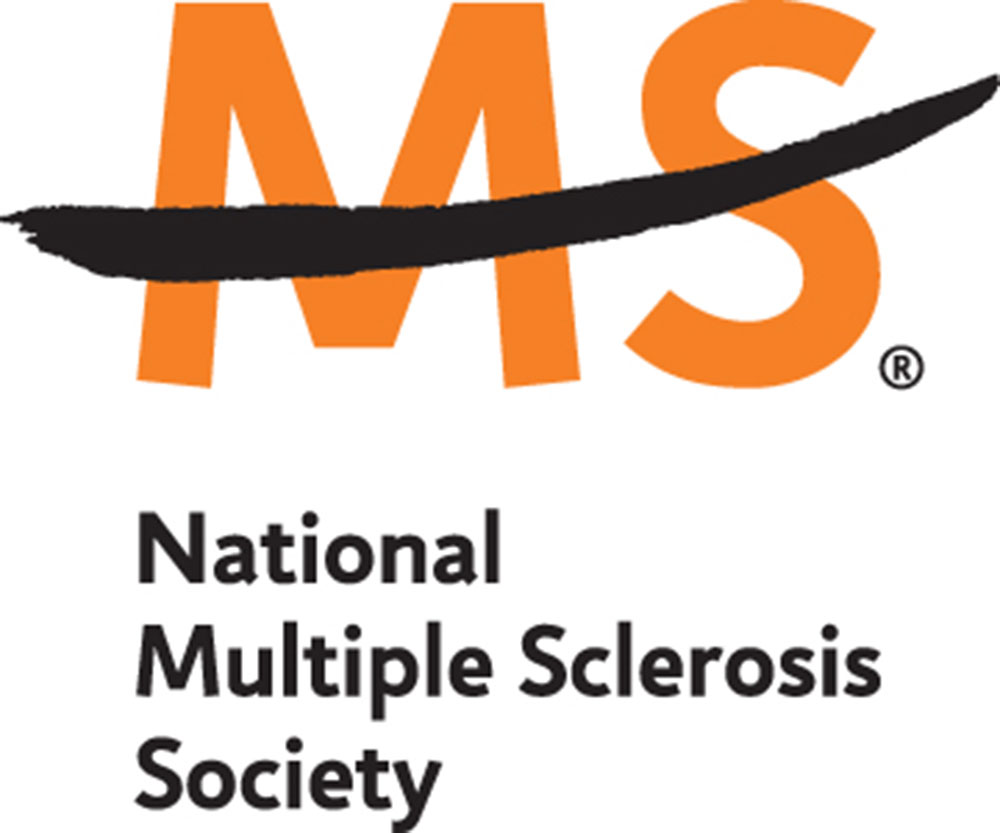Thankfully, living with multiple sclerosis does not have to mean losing the ability to drive. There is a variety of adaptive automobile equipment available. The National Multiple Sclerosis Society can help you consider all your needs and resources for staying mobile. Check with your healthcare provider—perhaps an occupational therapist—and then start looking into which adaptive automobile equipment is right for you. For example, mechanical or digital hand controls can operate the gas and brake. Adaptive steering and/or braking mechanisms require less pressure than usual. Turning and transfer seats, lifts, and ramps can make vehicle transfers easier, and driving a car more comfortable.
Support Along the Way
While purchasing a wheelchair accessible vehicle is an investment, there are options for funding assistance available. Many original equipment manufacturers (OEMs) offer rebates when purchasing new cars that include adaptive auto equipment. Help Hope Live, a non-profit organization that specializes in medical fundraising, may also be able to assist.
The National Mobility Equipment Dealers Association (NMEDA) is an advocate for mobility and accessibility for drivers with disabilities. If you need help with converting or buying a handicap accessible van, car or truck, please consider one of our Quality Assurance Program dealers. Every NMEDA QAP dealer and technician has been trained and accredited in the highest best practice standards of quality and service to ensure safe and reliable transportation. Find a dealer near you: www.nmeda.com/locatedealer
** This post was originally published on https://nmeda.com/driving-with-ms/


